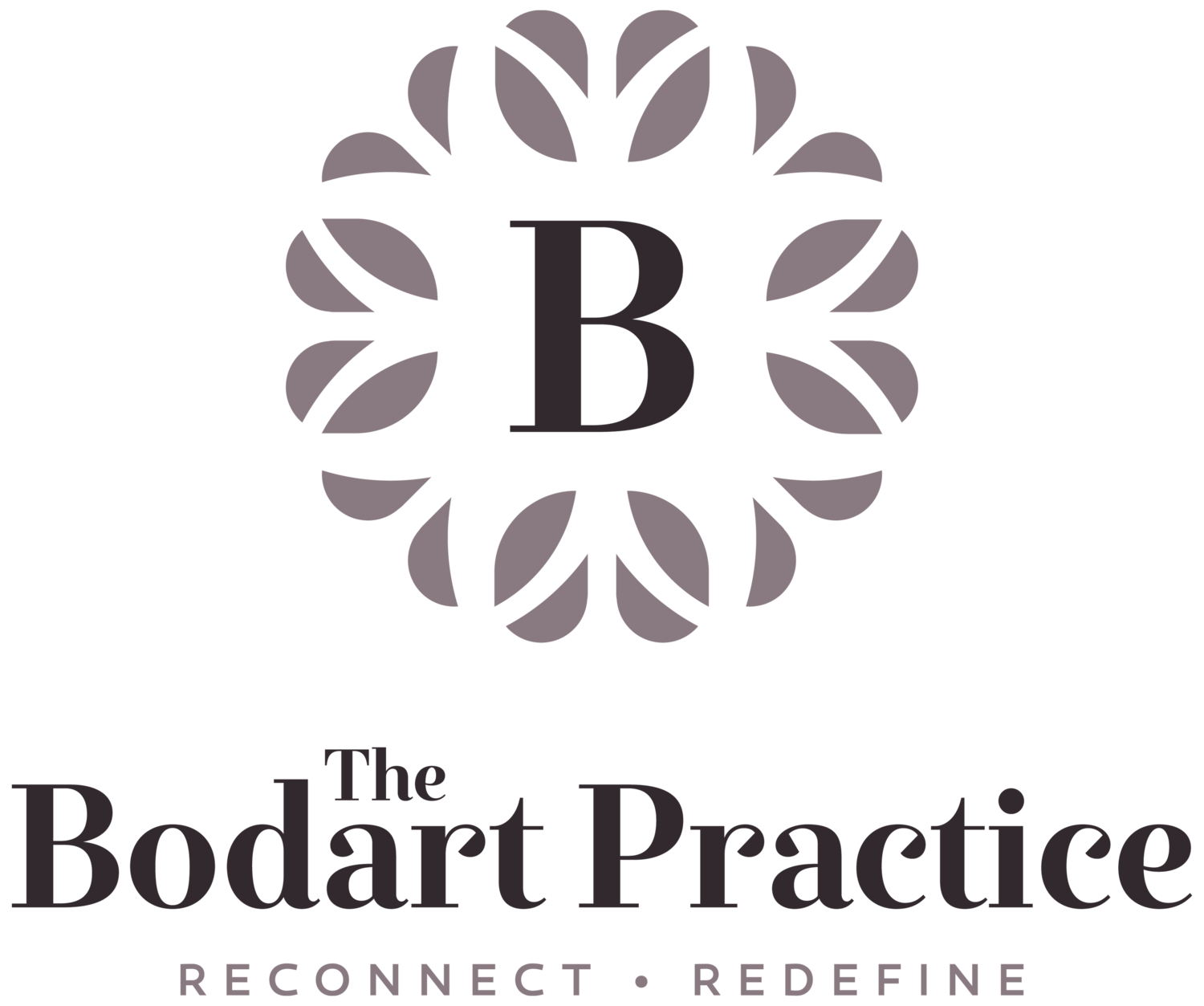Therapeutic Treatments for Trauma
Trauma doesn’t always speak in words—it often lingers in the body, showing up as tension, exhaustion, anxiety, or chronic stress. For many, the aftermath of a traumatic event isn’t just a memory but a physical experience that can persist long after the danger has passed. While conventional therapies like CBT and EMDR offer valuable tools for healing, they can sometimes fall short when the body itself is holding onto pain. This is where Somatic Experiencing® steps in—a gentle, body-based approach that helps individuals reconnect with themselves, release stored trauma, and rediscover a sense of calm from the inside out.
A new approach to trauma therapy
Traumatic situations can trigger a strong stress reaction and may lead to serious psychological and physical consequences such as post-traumatic stress disorder (PTSD).
While PTSD is a significant condition, Somatic Experiencing therapy is also effective for addressing developmental trauma, interpersonal trauma, and the cumulative stress stored in the body.
PTSD UK estimates that 1 in 10 people in the UK will experience PTSD at some point in their life, and 4 in 100 people live with PTSD at any given time (PTSD UK, 2024).
Therefore, it is important to identify effective interventions for the treatment of trauma and to pursue new approaches that can effectively complement the existing ones.
Recommended treatments such as Trauma-Focused Cognitive Behavioural Therapy (TF-CBT) and Eye Movement Desensitisation and Reprocessing (EMDR) have shown significant efficacy for PTSD (NICE, 2018).
However, these therapies often require substantial cognitive processing, which can be challenging for individuals experiencing intense negative emotions or impaired cognitive function.
Exposure-based interventions may also result in high drop-out rates due to the perceived confrontational or aversive nature of the intervention (Lewis, Roberts, Gibson, & Bisson, 2020).
This is where Somatic Experiencing® (SE) offers an innovative and alternative approach to trauma healing.
What is Somatic Experiencing®?
Somatic Experiencing® (SE) is a body-oriented therapeutic approach developed by Dr. Peter Levine in the 1970s. It aims to resolve the physical and emotional symptoms of trauma by addressing the body's interoceptive and proprioceptive sensations associated with traumatic events (Kuhfuß et al., 2021).
Levine emphasises that “human beings are born with the innate capacity to triumph over trauma” (Levine, 2008). SE works by addressing the body’s natural stress responses, allowing clients to process and release trauma without needing to relive the story or memory in detail. This approach is particularly beneficial for clients seeking gentle, non-invasive therapy.
What Happens in a Somatic Experiencing Therapy Session?
Somatic Experiencing therapy Somatic Experiencing therapy is based on a generalised psychobiological model of resilience (Levine, 1997). It aims to work from a "bottom-up" perspective, prioritising the body’s reactions to trauma.
The SE approach starts from these more ‘primitive’ brain structures and their embodied reactions. Unlike traditional "top-down" approaches that rely on cognitive processing, SE helps clients process trauma by gradually engaging with the body's innate survival mechanisms, such as the fight-or-flight response. This process helps the body recognise that the traumatic event has ended.
During an SE session, the therapist focuses on the client’s internal sensations rather than their cognitive or emotional experiences. Techniques may include:
Tracking physical sensations (e.g., warmth, tightness, tingling).
Body scanning to build interoceptive awareness.
Mindfulness practices and grounding exercises.
Gentle movement, such as standing, walking, or stretching.
Visualisations and breath work.
Hands-on touch, only with consent.
The process, known as "renegotiating" (Levine, 1997), allows the body to experience a corrective emotional and physical resolution to the trauma. It trains clients to gradually reduce the arousal associated with the trauma by increasingly tolerating and accepting the inner physical sensations and related emotions.
The client is supported to tolerate sensations for a little longer each time and 'pendulate' in and out of the trauma associated sensations. The therapist supports the client to learn grounding techniques and activate resources, such as identifying parts of the body or memories that are associated with positive and reassuring feelings.
The increase in interoceptive and proprioceptive awareness leads to a ‘discharge process’ after which the trauma-related activation is resolved (Kuhfuß, et al., 2021).
One of the unique aspects of SE is that clients do not need to revisit the traumatic event in detail. Instead, the therapist supports them in gently exploring sensations and responses in a paced, controlled manner. For many, this provides immense relief.
Will Somatic Experiencing Help Me?
Somatic Experiencing therapy can be extremely helpful and therapeutically beneficial to get out of our heads and into our bodies.
Somatic Experiencing therapy can benefit a wide range of individuals, not only those with PTSD but also those experiencing developmental trauma, interpersonal trauma, or cumulative stress. It is particularly effective for addressing:
Anxiety and panic attacks
Depression
Chronic stress or burnout
Grief and loss
Confidence issues
Unhelpful behaviour patterns
Emotional dysregulation
Through SE, clients learn to reconnect with their bodies, develop internal resources, and cultivate resilience. By releasing trauma stored in the body, SE offers a powerful and holistic path to healing.
Accessing trauma via the body by working with an SE therapist can off an alternative or additional support to other, more conventional, therapy models.
Why Choose Somatic Experiencing?
At The Bodart Practice, we’re committed to providing innovative, evidence-based therapies tailored to your unique needs. Somatic Experiencing offers a gentle, body-oriented approach to healing, empowering you to navigate life’s challenges with greater ease and confidence.
How to Book a Somatic Experiencing® Therapy Session with Katharine
Katharine McBeath began her career as an intensive care nurse in oncology at the NHS, later moving to work with a sexual assault charity. There, she developed expertise in Person-Centred Counselling, helping young adults manage severe PTSD, anxiety, and depression.
Katharine is currently pursuing a formal qualification in Somatic Experiencing® (SE) while training as a Psychological Wellbeing Practitioner (PWP). She is also a qualified hypnotherapist, bringing a diverse and holistic set of skills to her practice. Katherine can work with a range of challenges, including anxiety, depression, grief, confidence issues, anger, eating behaviours, PTSD, and the impacts of trauma.
Katharine believes that “all presenting issues can be explored through the body, and SE is a powerful medium to do this.”
If you’re curious about how Somatic Experiencing therapy can help you, Katharine is here to guide you through the process.
Existing clients of The Bodart Practice: Speak to your therapist about connecting with Katharine.
New clients: Book a free 15-minute consultation to explore how SE could benefit you. Schedule your call here.
Katharine McBeath
Article written by Dr Clare Chandler June 2024.
References
Levine, P. A. (1997). Waking the tiger: Healing trauma: The innate capacity to transform overwhelming experiences. North Atlantic Books.
Levine, P. A. (2008). Trauma healing. A pioneering program for restoring the wisdom of your body. Boulder, CO: Sounds True.
Lewis, C., Roberts, N. P., Gibson, S., & Bisson, J. I. (2020). Dropout from psychological therapies for post-traumatic stress disorder (PTSD) in adults: Systematic review and meta-analysis. European Journal of Psychotraumatology, 11 (1), 1709709. DOI:10.1080/20008198.2019.1709709
Kuhfuß, M., Maldei T., Hetmanek A., & Baumann N. (2021) Somatic experiencing – effectiveness and key factors of a body-oriented trauma therapy: a scoping literature review, European Journal of Psychotraumatology, 12:1, 1929023, DOI: 10.1080/20008198.2021.1929023
NICE (2018, December 5th). Post-Traumatic Stress Disorder, NICE Guideline [NG116]. https://www.nice.org.uk/guidance/ng116/chapter/Recommendations#management-of-ptsd-in-children-young-people-and-adults
Ogden, P., & Minton, K. (2000). Sensorimotor psychother- apy: One method for processing traumatic memory. Traumatology, 6(3), 149–173. DOI:10.1177/1534765600 00600302
Payne, P., Levine, P. A., & Crane-Godreau, M. A. (2015). Somatic experiencing: Using interoception and proprio- ception as core elements of trauma therapy. Frontiers in Psychology, 6(93), 1–18. DOI:10.3389/fpsyg.2015.00093
PTSD UK (2024, May 17) Post Traumatic Stress Disorder Stats and figures. https://www.ptsduk.org/ptsd-stats/#:~:text=4%20in%20100%20people%20in,population%20in%20this%20age%20range).
Van der Kolk, B. A. (1994). The body keeps the score: Memory and the evolving psychobiology of posttraumatic stress. Harvard Review of Psychiatry, 1(5), 253–265. DOI:10.3109/10673229409017088
Van der Kolk, B. A., & Fisler, R. (1995). Dissociation and the fragmentary nature of traumatic memories: Overview and exploratory study. Journal of Traumatic Stress, 8(4), 505–525. DOI:10.1002/jts.2490080402










